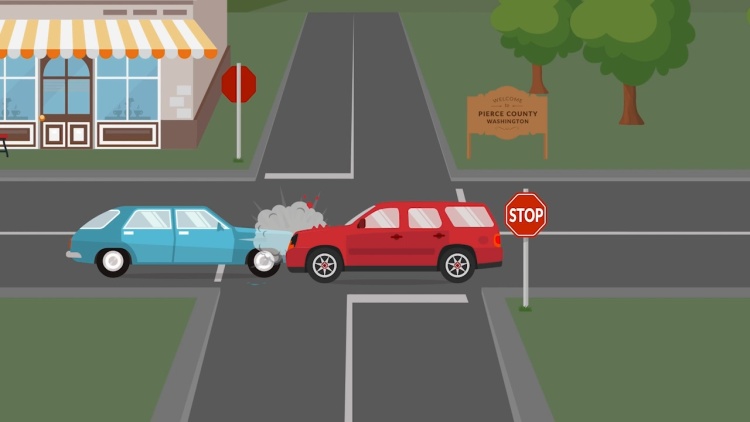Pierce County, Washington v. Guillen
United States Supreme Court
537 U.S. 129 (2003)
- Written by Megan Petersen, JD
Facts
Congress created the Hazard Elimination Program (HEP) to provide state governments with funding to improve dangerous sections of their state roads. To be eligible for federal funding, a state had to make a thorough evaluation of the quality of its roads and report those findings to the federal government. These requirements caused concern to state governments because they would need to determine what sections of roads were hazardous and publicly report information about that determination, exposing themselves to increased liability for accidents occurring at sites determined to be hazardous before improvements could be made. To address these concerns, Congress held that materials compiled or collected for purposes of the HEP would not be discoverable or capable of admission in any federal court proceeding. In 1996, Guillen’s (plaintiff) wife was killed at an intersection in Pierce County, Washington (defendant) that had previously been determined by the Washington state government to be hazardous. Washington’s first request for funding to fix the intersection was denied, but its second request after the accident was granted. Guillen brought a wrongful death suit in federal district court and sought to admit evidence that Washington failed to implement proper safety measures to improve the intersection. Washington moved to exclude this evidence based on its participation in the HEP. The Washington Supreme Court held that Congress exceeded its powers under the Commerce Clause when deciding that state hazard information is not discoverable. The United States Supreme Court granted certiorari.
Rule of Law
Issue
Holding and Reasoning (Thomas, J.)
What to do next…
Here's why 899,000 law students have relied on our case briefs:
- Written by law professors and practitioners, not other law students. 47,000 briefs, keyed to 994 casebooks. Top-notch customer support.
- The right amount of information, includes the facts, issues, rule of law, holding and reasoning, and any concurrences and dissents.
- Access in your classes, works on your mobile and tablet. Massive library of related video lessons and high quality multiple-choice questions.
- Easy to use, uniform format for every case brief. Written in plain English, not in legalese. Our briefs summarize and simplify; they don’t just repeat the court’s language.





